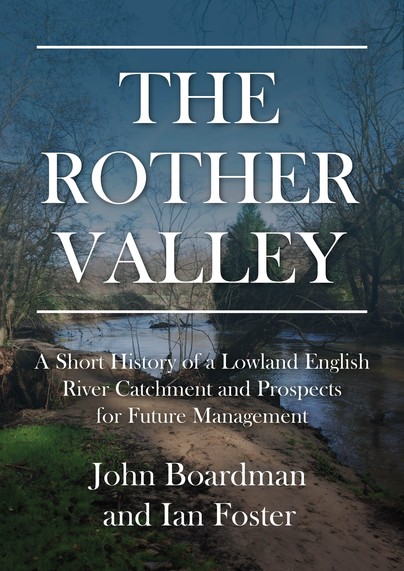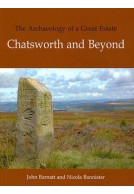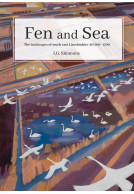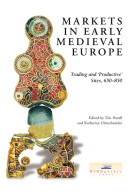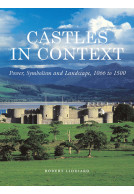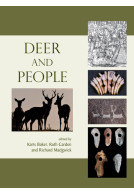The Rother Valley (Paperback)
A Short History of a Lowland English River Catchment and Prospects for Future Management
Imprint: Windgather Press
Pages: 216
Illustrations: 60 color and B/W illustrations
ISBN: 9781914427275
Published: 14th October 2024
Script Academic & Professional
Pages: 216
Illustrations: 60 color and B/W illustrations
ISBN: 9781914427275
Published: 14th October 2024
Script Academic & Professional
You'll be £39.95 closer to your next £10.00 credit when you purchase The Rother Valley. What's this?
+£4.99 UK Delivery or free UK delivery if order is over £40
(click here for international delivery rates)
Need a currency converter? Check XE.com for live rates
(click here for international delivery rates)
Need a currency converter? Check XE.com for live rates
The valley of the western Rother lies within the South Downs National Park but has a special character based on its Cretaceous geology of sandstones and clays. These give rise to soils that are ideal for agriculture but are extremely erodible. Over the centuries the area has been exploited by humans and partially cleared of forest. In this book, the archaeological history of the Rother Valley is summarized, with particular emphasis on the evidence for Mesolithic, Bronze Age and Roman occupation. Analysis of sediments in ponds adds to the evidence for changes that have happened over the last few hundred years. A notable feature of the cultural landscape is the network of sunken lanes.
The Rother Valley contains unique chalk-aquifer fed streams with rare and protected species, such as sea trout and otter. Heathland, floodplain, wet meadows and woodlands are interspersed with agriculture, linked together by hedgerows and ditches. The health of the river is threatened by polluting inputs from farming and sewage. Past weather and hydrological records show the potential impact of climate change on the functioning of the river. The impact of recent changes on water availability for irrigation and human consumption are explored in relation to ecosystem requirements. Soil erosion is a significant problem, with the resulting high river sediment concentrations requiring expensive cleaning for the water to be fit for human consumption and the runoff often causes flooding of roads and properties. Mitigation measures aim to reduce the loss of soil on fields and interrupt connectivity between fields and the river system. We identify sediment sources contributing eroded soil to the river, the function of field-edge sediment traps, in-stream weirs and major reservoirs on sediment storage and connectivity.
Finally, the book considers the future of the unique landscape that is the Rother Valley, including plans for restoration of the flood plain. Contributors include planners, researchers and managers of the large estates that are an integral part of the Rother landscape.
This work is full of scientific data, presented well in tables and graphs and is in every respect a model of what such regionally specific studies should be
Current Archaeology - January 2025
Other titles in Windgather Press...







